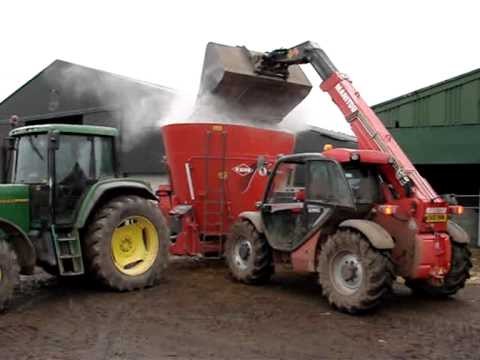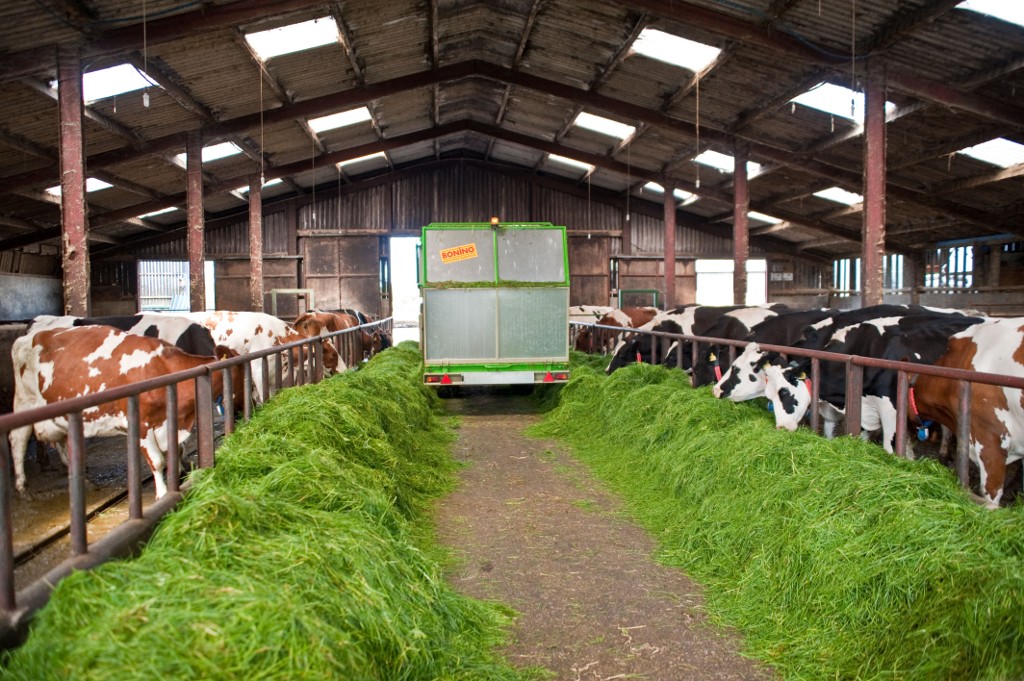G4570 Reducing Losses when Feeding Hay to Beef Cattle
Post on: 16 Март, 2015 No Comment

Robert Kallenbach
Department of Agronomy
Feeding hay to cattle is expensive. Recent analyses show that hay costs between $0.02 and $0.07 per pound of dry matter; usually more than double the cost for the same amount of nutrients from pasture. Hay is expensive because:
- It requires a large investment in equipment
- It requires labor to make and feed
- More than 50 percent of it is wasted by either poor storage methods or improper feeding practices, or both (Figure 1).
This guide focuses on the last of these expenses losses associated with feeding hay.
Losses can run as high as 50 percent if hay is not fed properly.
Feeding methods
No matter how hay is packaged, if you waste it, you lose money. Below are some general rules that can help minimize waste during feeding.

- Feed hay in small amounts or in a feeder to minimize waste (Table 1). When fed a limited amount of hay at a time, cattle have less opportunity to trample and soil the hay. Feeding hay in a rack or a hay ring also limits the opportunity that animals have to trample or soil hay, and will reduce waste substantially if you intend to provide more than a days worth of hay at one time.
- Feed hay in well-drained areas
If you intend to feed hay in a single location all winter, then providing a footing such as crushed gravel or even concrete can help minimize problems with mud. Perhaps more cost effective is to move hay-feeding areas around the farm to minimize the damage to any one area of the pasture.
Hay stored outside usually has more spoilage during storage and lower palatability than hay stored inside. Cattle will waste a greater percentage of poor-quality hay than they will of good-quality hay. Animals fed high-quality hay early in the season will often refuse poor-quality hay when it is offered later.
Big packages
Large bale systems are designed to minimize labor, not waste. It is important to remember that outside storage of large bales will increase hay losses due to weather-related spoilage. Spoiled, rotted, or moldy hay is often refused by all but the hungriest of cattle and will result in more waste during feeding.
Large round bales
The simplest system for feeding large round bales is to set the bale in the pasture or feeding area where the stock have free access to hay. This system does not require the purchase of any extra equipment for feeding, but it is prone to high feeding losses. Losses are greatest when a several-day supply of hay is fed at one time. Feeding a one-day supply of hay each day minimizes waste but increases labor costs. When feeding large round bales without a ring or rack, a good way to estimate how many bales to have available each day is to figure one cow per foot of outside diameter of the bale. Even then, feeding losses can be excessive.
A better system for feeding large round bales is to set the bale in the pasture or feeding area but limit access to the hay with a rack or hay ring (Figure 2). This system requires an initial investment in hay racks or rings (hay rings usually cost about $125 each), but feeding losses are low, even if a seven-day supply of hay is left at one time (Table 1). Feeding hay in racks or rings is crucial for producers who do not or cannot feed hay to their cattle on a daily basis.
A hay ring permits feeding of large round bales in the field with minimal loss.














